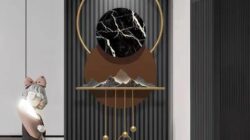1. The Dance of Light and Shadow on the Water
There’s an undeniable magic in a seascape, a captivating interplay of light, shadow, and movement that draws us in. It’s a world where the sky meets the sea, a place of endless horizon and boundless possibilities.
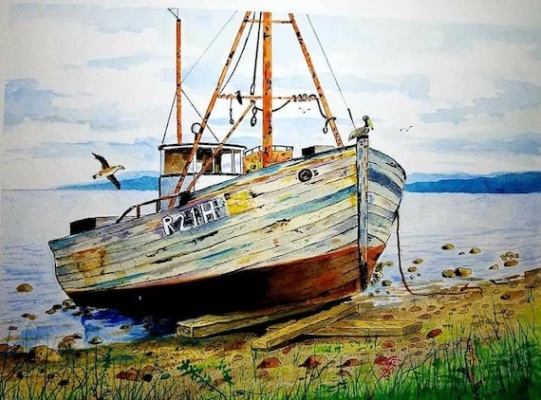
Image Source: etsystatic.com
The Artist’s Palette: A Symphony of Colors
Seascapes are a painter’s dream, a canvas upon which they can unleash their creativity. The ocean, with its ever-changing moods, offers a kaleidoscope of colors: the deep blues and greens of the depths, the shimmering silver of the waves, and the fiery oranges and reds of a sunset.
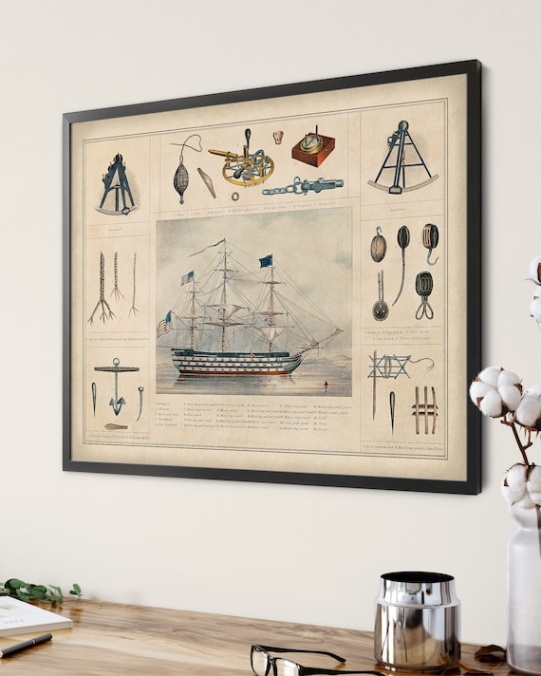
Image Source: etsystatic.com
The sky, too, is a canvas of infinite possibilities. From the soft pastels of a dawn to the dramatic hues of a storm, it provides a stunning backdrop for the marine scene. The artist’s challenge is to capture this dynamic interplay of color and light, to translate the fleeting beauty of the moment onto the canvas.
The Language of Light and Shadow
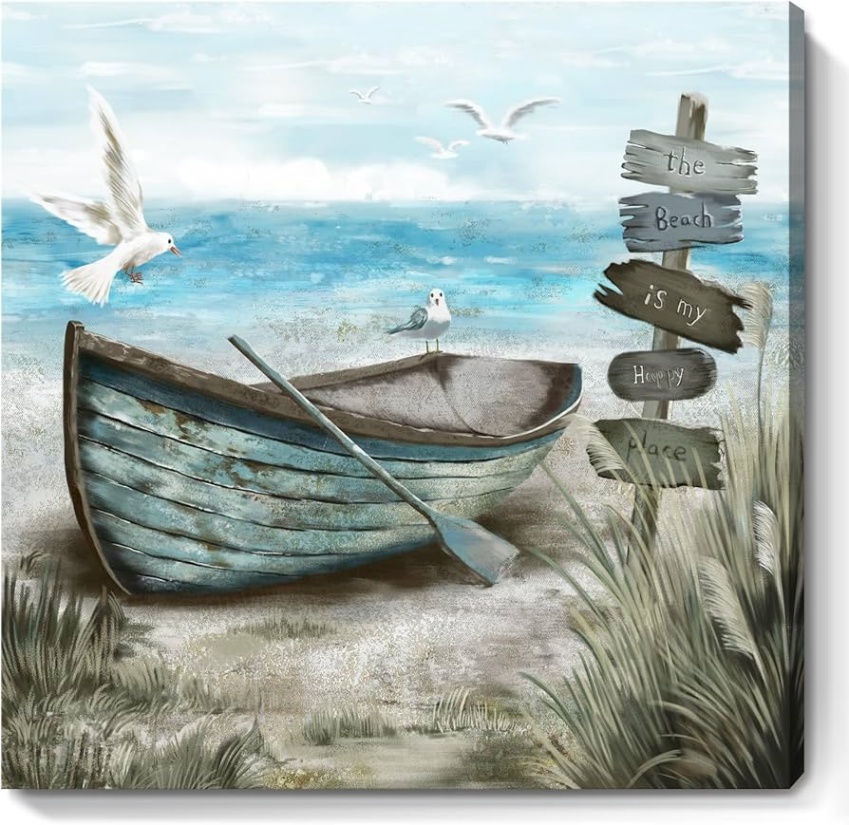
Image Source: media-amazon.com
Light and shadow are the building blocks of a successful seascape. The way light dances on the water, creating shimmering patterns and deep, mysterious shadows, can transform an ordinary scene into something extraordinary.
An artist must be skilled in the art of chiaroscuro, the use of light and dark to create depth and volume. By carefully considering the placement of light sources and the direction of shadows, they can evoke a sense of atmosphere and mood.
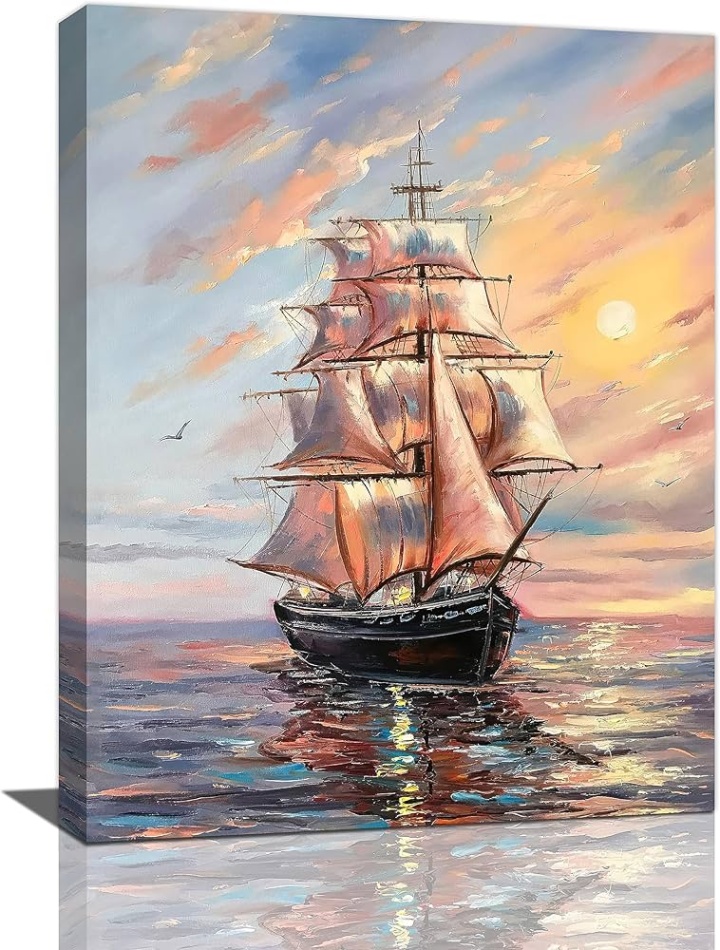
Image Source: media-amazon.com
The Rhythm of the Waves
The sea is in constant motion, its waves crashing and receding, its tides rising and falling. Capturing this dynamic energy is a key challenge for any seascape artist.
The artist must be able to convey the rhythm and movement of the waves, whether it’s the gentle lapping of the water on the shore or the tumultuous fury of a storm. This can be achieved through a variety of techniques, such as the use of loose brushstrokes, expressive line work, and bold color choices.
The Lure of the Horizon
The horizon, that distant line where the sky meets the sea, is a powerful symbol of both hope and mystery. It draws the eye into the distance, inviting us to contemplate the vastness of the ocean and the endless possibilities that lie beyond.
A well-executed horizon can add depth and perspective to a seascape, making it feel more expansive and immersive. The artist must be careful to balance the horizon with the other elements of the painting, ensuring that it doesn’t dominate the composition.
The Nautical Touch: Anchors and Boats
To truly capture the essence of a marine scene, an artist may incorporate nautical elements such as boats, ships, and anchors. These details can add a sense of realism and historical significance to the painting.
A solitary sailboat, its sails billowing in the wind, can evoke a sense of adventure and freedom. A bustling harbor, filled with ships of all sizes, can convey the energy and excitement of a maritime city. An old, weathered anchor, half-buried in the sand, can tell a story of past voyages and forgotten dreams.
The Emotional Impact of a Seascape
A well-crafted seascape can evoke a wide range of emotions, from tranquility and peace to awe and wonder. It can transport us to another place and time, allowing us to experience the beauty and power of the ocean firsthand.
Whether it’s a serene coastal scene or a dramatic storm at sea, a seascape can inspire and uplift, reminding us of the vastness and mystery of the natural world.
Ahoy, Art Enthusiast!
Ready to set sail into a world of nautical wonder? Nautical-inspired wall art is the perfect way to bring the beauty of the sea into your Home. Whether you’re a seasoned sailor or simply love the coastal aesthetic, there’s a piece of nautical art out there for you.
A Canvas of the Sea
Imagine a serene seascape, a weathered ship, or a majestic lighthouse. These are the kinds of images that can transform your walls into a breathtaking coastal panorama. Nautical wall art can range from classic oil paintings to modern abstract pieces, allowing you to express your unique style.
Oil Paintings: These timeless pieces capture the essence of the sea, with their intricate details and rich colors. From stormy seas to tranquil harbors, oil paintings can evoke a wide range of emotions.
Beyond the Canvas
Nautical wall art isn’t limited to paintings. There are many other creative ways to incorporate maritime themes into your Home Decor:
Nautical Prints: From vintage maps to maritime charts, nautical prints can add a touch of history and adventure to your walls.
Choosing the Perfect Piece
When selecting nautical wall art, consider the following factors:
Color Palette: Choose colors that complement your existing decor. Classic nautical colors like navy blue, white, and red are always a popular choice.
Anchoring Your Space
By incorporating nautical-inspired wall art into your home decor, you can create a space that is both stylish and inviting. Whether you’re a seasoned sailor or simply love the coastal aesthetic, nautical art is a great way to bring the beauty of the sea into your everyday life.
So, what are you waiting for? Set sail and discover the endless possibilities of nautical wall art.
The sea, with its boundless expanse, has captivated human imagination for centuries. It’s a source of inspiration, mystery, and wonder. Nautical art, with its unique blend of history, culture, and aesthetic appeal, has emerged as a popular genre that celebrates this maritime fascination.
3. Shipwreck Paintings: A Glimpse into the Depths
Shipwreck paintings offer a poignant reminder of the sea’s power and the fragility of human endeavor. These artworks often depict vessels, once proud and majestic, now submerged beneath the waves. They can evoke a range of emotions, from awe and reverence to sadness and melancholy.
The Artist’s Perspective
Artists who specialize in shipwreck paintings often possess a deep understanding of maritime history and nautical techniques. They may spend hours researching specific shipwrecks, studying old maps, and poring over historical accounts. This meticulous research allows them to create highly accurate and detailed depictions of these sunken vessels.
The Emotional Impact
Beyond their historical accuracy, shipwreck paintings can also have a profound emotional impact on viewers. The juxtaposition of beauty and decay, life and death, can evoke a sense of wonder and contemplation. The artist may choose to highlight the ship’s grandeur, even in its ruined state, or to emphasize the harshness of the underwater environment.
The Technical Challenges
Creating a compelling shipwreck painting is not without its challenges. Artists must grapple with the complexities of underwater light and color, as well as the distortion caused by water. They may use a variety of techniques, such as impasto, to create a sense of texture and depth. Some artists may even choose to incorporate elements of realism and abstraction, blending the two to create a unique and evocative style.
The Appeal of Shipwreck Art
The enduring appeal of shipwreck art can be attributed to several factors:
Nostalgia: Many people have a deep-seated connection to the sea, whether through personal experiences or through stories passed down through generations. Shipwreck paintings can evoke feelings of nostalgia and longing for the past.
Whether you’re a seasoned collector or simply an admirer of fine art, shipwreck paintings offer a unique and unforgettable experience. They invite us to contemplate the vastness of the ocean, the fragility of human life, and the enduring power of art.
The nautical anchor, a symbol of steadfastness and stability, has long captured the hearts of artists and designers alike. Its rugged form and rich history have inspired countless creative expressions, from grand oil paintings to delicate jewelry. As a central motif in nautical art, the anchor evokes a sense of adventure, tranquility, and the enduring power of the sea.
The Anchor’s Symbolic Significance
Beyond its practical function, the anchor carries profound symbolic meaning. It represents:
Hope: In times of stormy seas, the anchor provides a secure mooring, offering hope and reassurance.
The Anchor in Art and Design
The anchor’s versatility as a design element has made it a popular choice for artists and craftsmen. It can be depicted in a variety of styles, from realistic to abstract, and can be combined with other nautical motifs, such as ships, waves, and sea creatures.
Painting: Anchors often feature prominently in marine paintings, evoking a sense of calm and serenity. They can be depicted as solitary objects, or as part of a larger composition, such as a harbor scene or a shipwreck.
The Anchor’s Enduring Appeal
The enduring appeal of the nautical anchor lies in its ability to evoke a wide range of emotions and associations. Whether it’s the tranquility of a harbor scene, the excitement of a seafaring adventure, or the simple beauty of a well-crafted design, the anchor continues to inspire artists and designers around the world.
As we gaze upon the countless works of art that feature the anchor, we are reminded of the power of the sea, the strength of the human spirit, and the enduring beauty of nature.
nautical art








